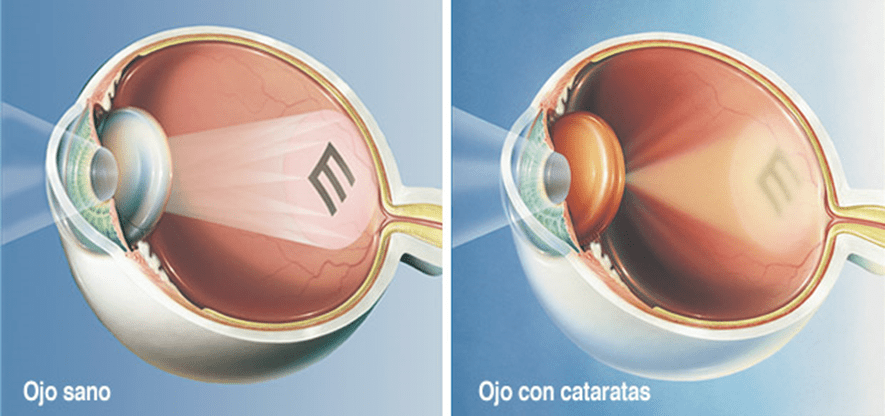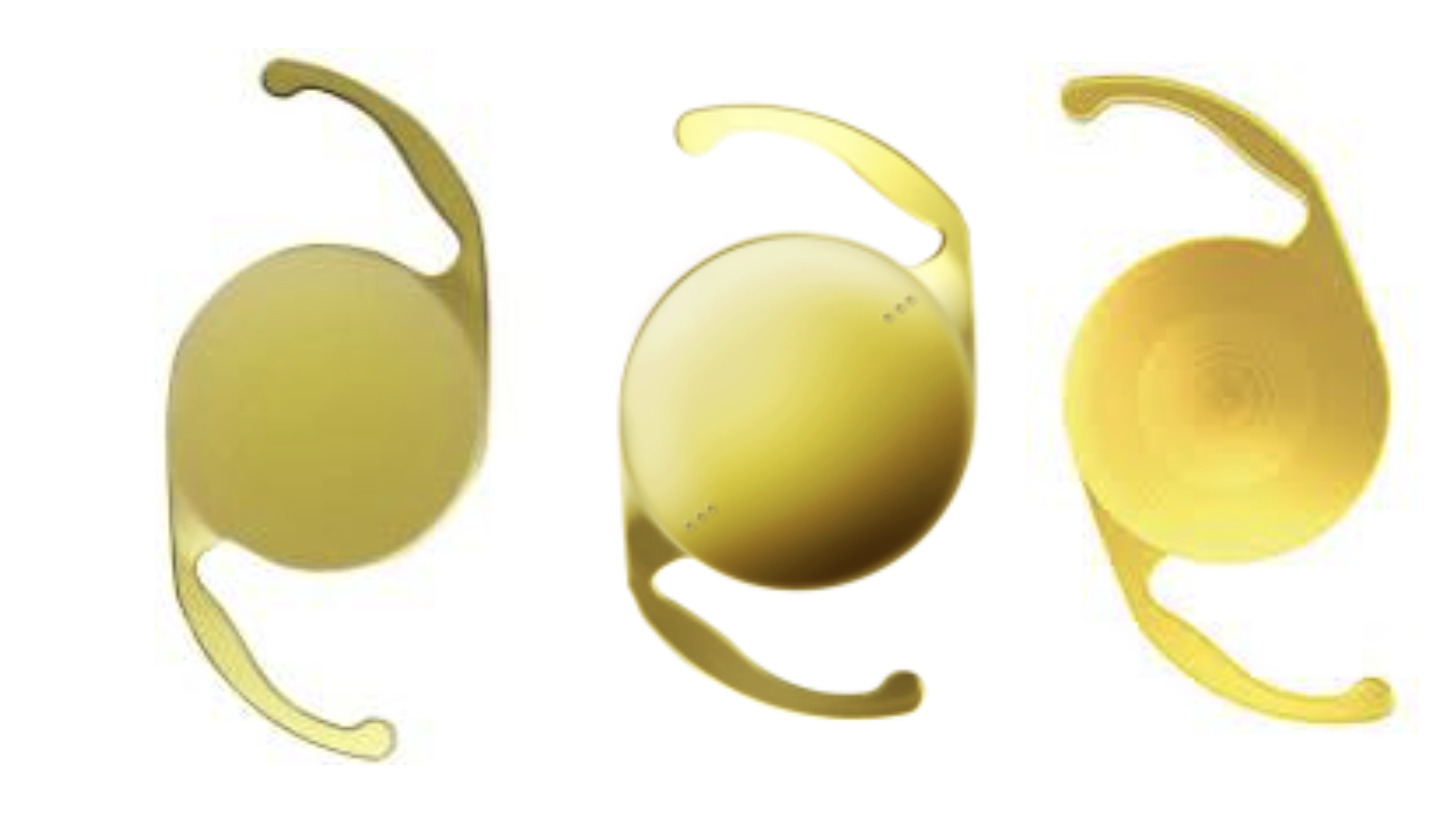Cataracts
The cataract is a clouding of the eye’s crystalline lens. When we see something, the rays of light travel towards our eye through the pupil and are focused on the retina (a layer of light-sensitive cells located at the back of the eyeball) through the lens. The lens should be transparent in order to be able to focus light properly on the retina. The condition of opacity or clouding of the lens is called cataracts.
If your vision has become blurry, cloudy or weak, or objects are not seen as bright or colorful as they used to, cataracts may have developed in one or both eyes. Many people describe cataracts vision as something similar to seeing through a dirty windshield of a car.
When it first develops, you may not realize any change in your vision. But as it progresses, you may begin to notice that it interferes with your daily activities. By way of a thorough eye examination, our ophthalmologist can tell you if cataracts or another condition is the cause of your vision loss.
While cataracts are one the most common causes of vision loss, especially as we age, they can be treated with surgery. In most cases they are part of the normal aging process, so they are irreversible. There are not medications or eye drops that can make cataracts disappear. Surgery is the only treatment. Once cataracts are diagnosed, the ophthalmologist must regularly check for changes in your vision.

Gradually, as cataracts progress, you may experience the following symptoms:
- Blurry or cloudy, painless vision
- Greater difficulty to see at night or with little light
- Sensitivity to light and brightness
- Presence of halos around lights
- Fading or yellowish colors
- The need to use clearer light to read and perform other activities
- Frequent changes in the prescription of eyeglasses or contact lenses
- Double vision in one eye
Cataracts develop as part of the natural aging process, so eventually we are all at risk of developing them. Around 70% of the people have cataracts when they are 75 years old.
In the cataract surgery, the blurry lens is removed and replaced by a transparent artificial lens called intraocular lens (IOL).
The most common procedure used to remove cataracts is called phacoemulsification.
After making a small incision on the edge of the cornea, a small instrument is inserted which uses high-frequency ultrasound and which fragments the center of the cloudy crystalline lens and carefully suctions it out.
Once the cloudy crystalline lens is removed, the surgeon replaces it with an intraocular lens (IOL). The new transparent lens allows the light to pass and to focus properly. The IOL becomes a permanent part of the eye. When the IOL is in place, the surgeon closes the incision.

Vision System CENTURION®, the most advanced technological platform in the phacoemulsification industry.
- Designed to streamline every moment of the cataract surgery in order to improve the patient’s results.
- Provides control and improves effectiveness during the minimally invasive cataract phacoemulsification procedure.
- Combines several technologies to establish new standards in the performance of cataract surgery.

Before intraocular lenses were developed, people had to wear very thick eyeglasses or special contact lenses to be able to see after a cataract surgery. Today, with the replacement of the cataract lens, there are several types of IOL implants available.
Like the natural eye lens, an IOL focuses the light that enters the eye through the cornea and the pupil towards the retina. As with prescribed eyeglasses, your IOL will be properly prescribed to provide you with the best possible vision.

Most people choosing monofocal IOLs have them calibrated for long distance viewing and wear eyeglasses to read and carry out other activities that require near vision.
Presbyopia is a condition that affects us all at some point after the age of 40, when the eye crystalline lens becomes less flexible and turns near vision more difficult, especially when there is little light. As presbyopia makes it difficult to see near object clearly, even people with cataracts need lenses to read or an equivalent form to correct vision. These new types of IOLs reduce or eliminate the need to wear eyeglasses.
In a multifocal lens, a series of focal zones or rings is designed within the IOL. Depending on where the light entering through the zones is focused, the patient may be able to see near and far objects clearly. The success of implanting these IOLs differs with each person and depends on the size of the pupils and other eye health factors.
Some secondary effects, such as blinding or the presence of halos around lights, or an impairment of visual sharpness (sensitivity to contrasts), may occur, especially at night or when there is little light. Most people adapt to it and are not worried about these effects, but those who frequently drive a car at night or have a job requiring near vision focus may feel more comfortable with monofocal IOLs.
This is a monofocal IOL which corrects the astigmatism incorporated in the lens. Astigmatism is an eye condition that distorts or difficulties the ability to see near and far objects, resulting in a blurry image. Generally, patients with high degrees of astigmatism feel more comfortable with toric IOLs.
It is an non-diffractive extended vision lens which brings patient a continued vision range so that they may reduce the need to wear eyeglasses when performing routine activities after a cataract surgery.
It is designed to provide continued vision when carrying out middle to far distance tasks, while enabling functional near vision sharpness for tasks such as using the cellphone or reading a book with proper light.
You will find out that detailed tasks (such as reading small letters) will be enhanced when wearing eyeglasses. Also, you will be more comfortable in bright light if you adjust the size of the source and use the zoom functions of your cellphone or other devices.